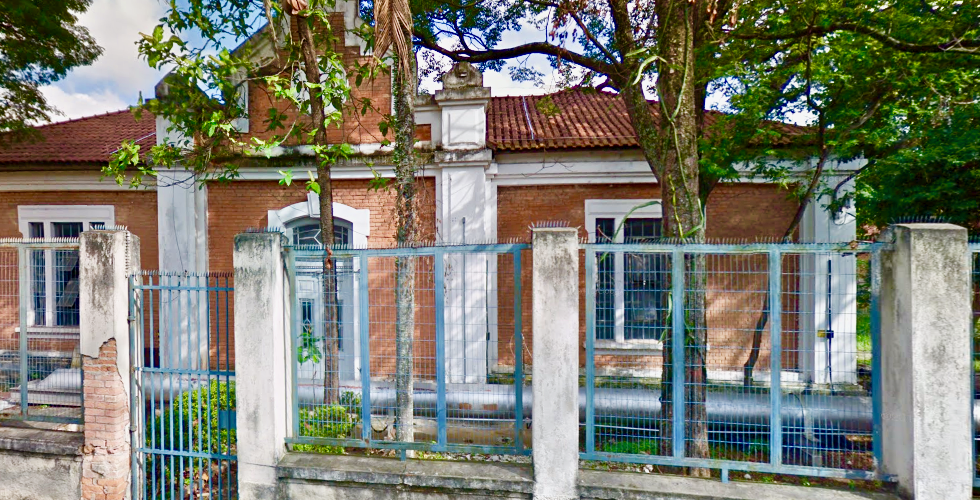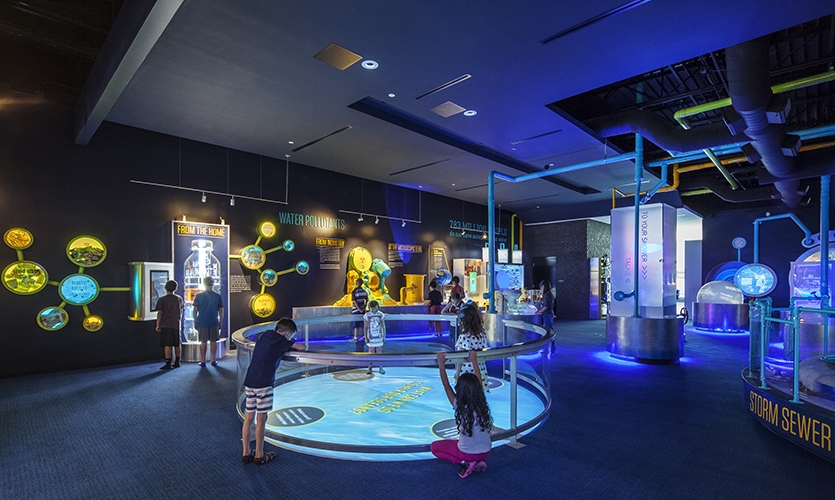SÃO PAULO, BRAZIL – Vila Mariana is changing. Many old houses are being demolished to make way for buildings. Companies are disappearing while others are emerging. The trend that began in the 1990s has intensified recently and there are initiatives throughout the neighborhood to preserve villas and prevent old dwellings from toppling.

Simultaneously, as contradictory as it may sound, the neighborhood has been gaining in memory and history preservation, in its cultural scenario. How? By establishing museums and cultural spaces.
The next one will be the Museu Água (“Water Museum”) of São Paulo, an initiative of the Associação de Engenheiros da SABESP (SABESP Engineers Association), which will be occupying old houses belonging to the water concessionaire and which currently house only pumps that are used to facilitate the influx of piped water to higher regions of the capital. The buildings date back to the 1920s and belonged to the city’s former Water and Sewerage Division.
The Museum
Scheduled to start being built in 2020, the São Paulo Water Museum is inspired by several similar spaces dedicated to water, such as the UNESCO Water Museums, which has facilities in several cities around the world, the Indaiatuba Water Museum in São Paulo State and the Curitiba Sanitation Museum in Paraná State.
“The concept is for an interactive space, with permanent and temporary exhibitions, for people to visit and come back after a while. It will address topics such as water in nature, water treated and taken to homes, rainwater and sewage water, among others. This is a place for experiential learning about the various forms of water, its uses, its interaction with nature and its relevance to society, caring for the past with a view to the future, in the cultural circuit of São Paulo. We want to bring society closer to sanitation and environment issues and also make them more accessible to schools,” explains AESABESP’s president, Viviana Borges.
In addition to a new area of leisure and culture in the city, the Museum intends to encourage people’s attention to the history of sanitation, creativity and the involvement of society for the preservation and rational use of water. “Through this space of coexistence, we can develop awareness about the importance of water and nature,” says the organization’s president.
The Museum will cover an area of approximately 2,400m², belonging to SABESP, and will have an interactive square between MAC/USP and the Biological Institute.

Designed under the concept of self-sustainability, it will include auditoriums, which can be rented, and commercial spaces, such as cafés and shops.
The estimated investment is R$17 million. SABESP should be one of the supporting companies, but AESABESP is looking for other partners for the venture.
To convert the old houses in this stretch of Rua França Pinto into a museum that portrays the entire history of sanitation and defends the preservation of our springs, a bid tender was launched on Monday, October 21st.
The AESABESP call for proposals defines the criteria to award the best architectural projects for the future São Paulo Water Museum. According to the association, the contest aims to seek the best ideas and architectural alternatives for the restoration and extension of the former Water and Sewerage Department building, currently called the Centro de Reservação França Pinto, and implementation of the cultural enterprise.
Those interested in taking part in the call for tenders must submit projects that consider the landscaping of the site, the circulation of people, lighting, as well as all the other construction elements that lead to the implementation of the Museum. Entries per project will cost R$300 and groups of up to five members or individual proposals may participate. The award will offer over R$80,000 to the best proposals.
Applications will be open from October 30th and applicants must prove their registration at CREA or CAU (professional accreditation societies). The projects will be assessed based on their technical, functional and aesthetic excellence, in addition to other criteria such as implementation feasibility, cost-benefit ratio, alternatives for accessibility service and public interest.

